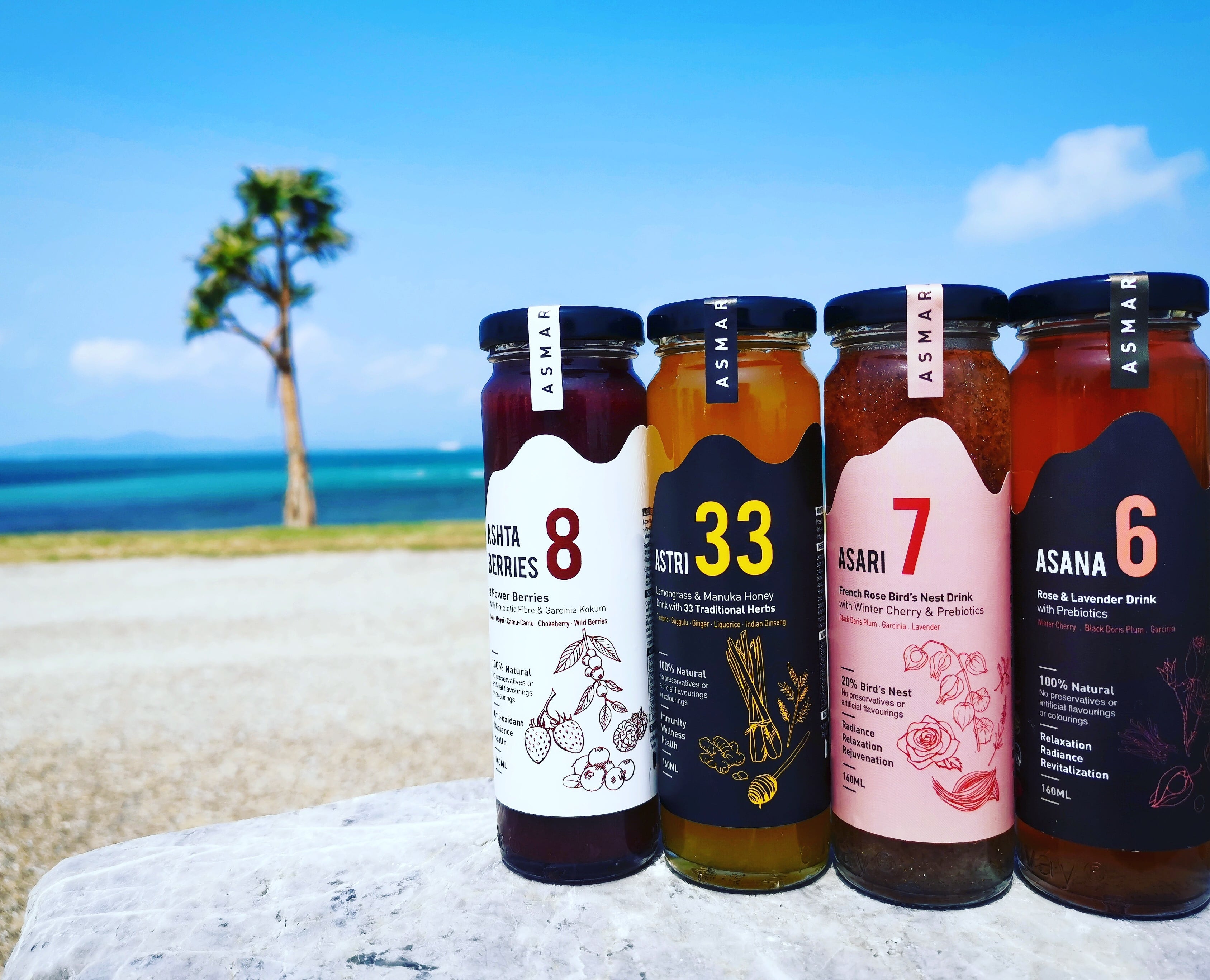These 12 materials come from two groups, namely those from 1) the pre-defined list of materials and those which have been 2) individually recognised by the ministry after evaluating the safety and functionality data of a particular ingredient as submitted by businesses.
The first group, made up of eight materials, are red ginseng, ginseng, chlorella, difficult-to-digest maltodextrin, aloe gel, methylsulfonylmethane (MSM), milk thistle extract, and marigold flower extract.
The remaining four materials include Lyprinol green-lipped mussel extract oil, silk fibroin extract bf-7, APIC soybean embryo hydrothermal extract, and lutein zeaxanthin complex extract from marigold flower.
Findings of the evaluation are expected to be released in December this year.
The ministry emphasised that it will make efforts to ensure the safety and functionality of health functional foods so that the public can consume the products with confidence.
To track the side effects of functional health products consumption, the ministry had earlier on established a "Health Functional Food Side Effect Reporting System".
Last month, it was also reported that the ministry had introduced a number of new regulations, such as the need for manufacturers to adhere to the Good Manufacturing Practice (GMP).
In fact, the ministry said that there would be a new policy announced almost every month to improve quality control.
Most imported health foods
On the other hand, the MFDS also published statistics of foods that the country imported last year, including data on health functional food.
Last year, the country imported US$878m of health functional foods, more than that of year 2018 at US$610m, up 43.5%.
The volume of products imported also increased from 13,531 tons to 16,066 tons, up 18.7%.
There were 220 types of health functional foods imported last year, with vitamins and minerals making the bulk of imports.
This is followed by the raw materials of fruto-oligosaccharides, EPA and DHA oil, and protein products.
Overall, the amount of food that the country imported last year has been growing yearly.
Last year, US$28bn worth of food, including agriculture and forest products, seafood, livestock, processed foods – which health functional food is a part of – have been imported into the country.
This is 2.8% more than year 2018.




